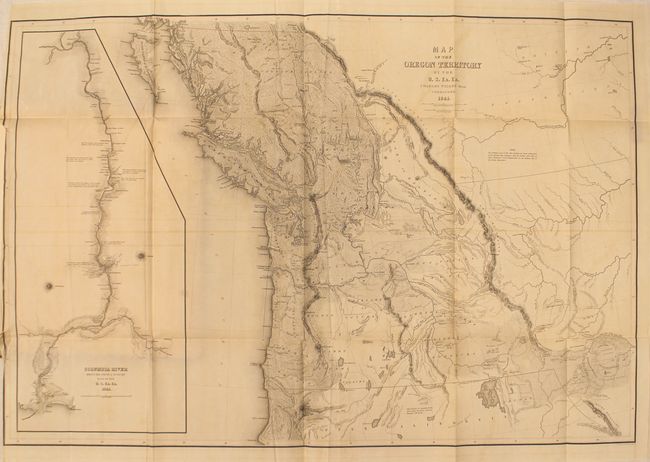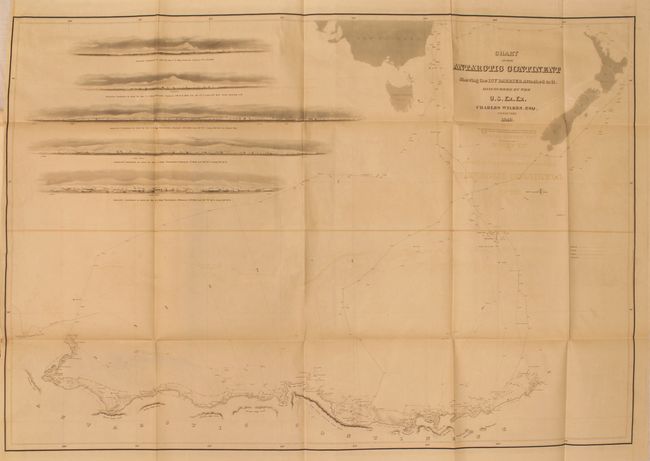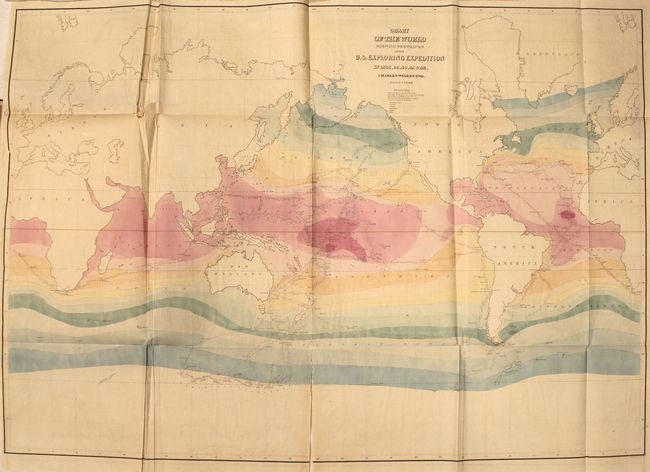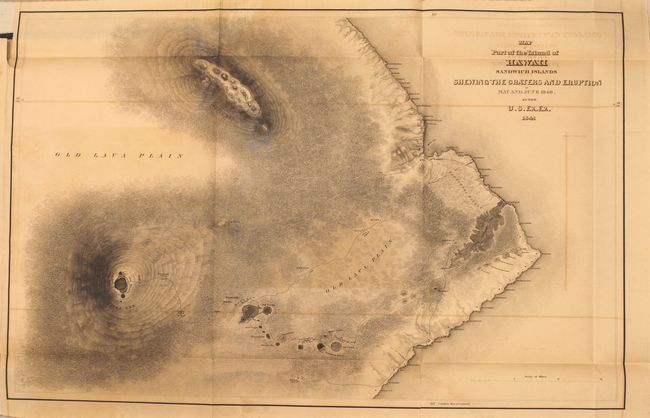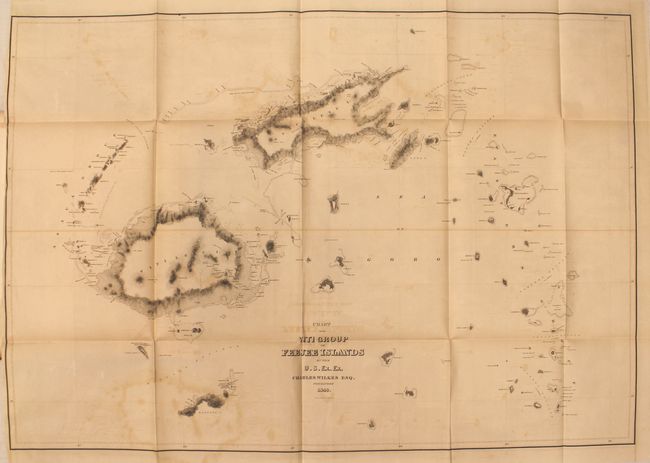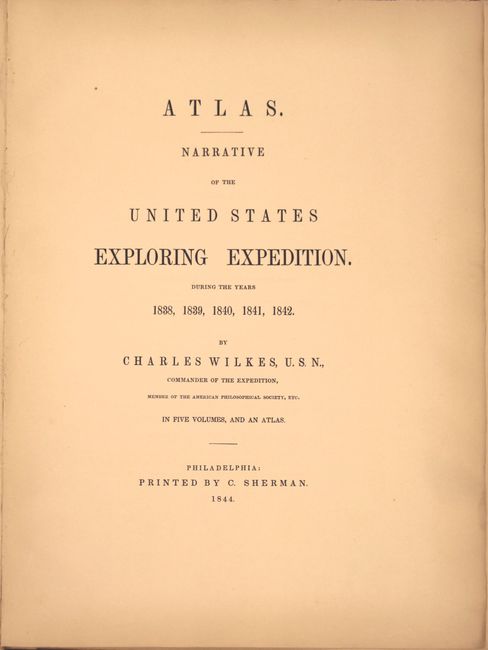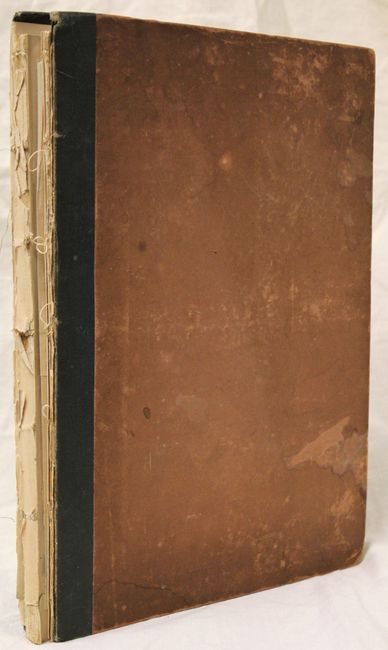Catalog Archive


Auction 147, Lot 746
Very Rare First Edition Atlas of Wilkes' Expedition
"Atlas. Narrative of the United States Exploring Expedition. During the Years 1838, 1839, 1840, 1841, 1842", Wilkes, Charles
Subject: Exploration and Surveys
Period: 1844 (published)
Publication:
Color:
Size:
9.8 x 13.5 inches
24.9 x 34.3 cm
Download High Resolution Image
(or just click on image to launch the Zoom viewer)
(or just click on image to launch the Zoom viewer)
